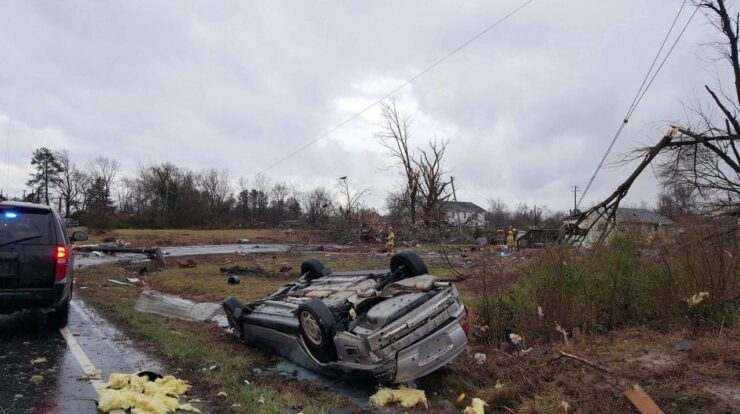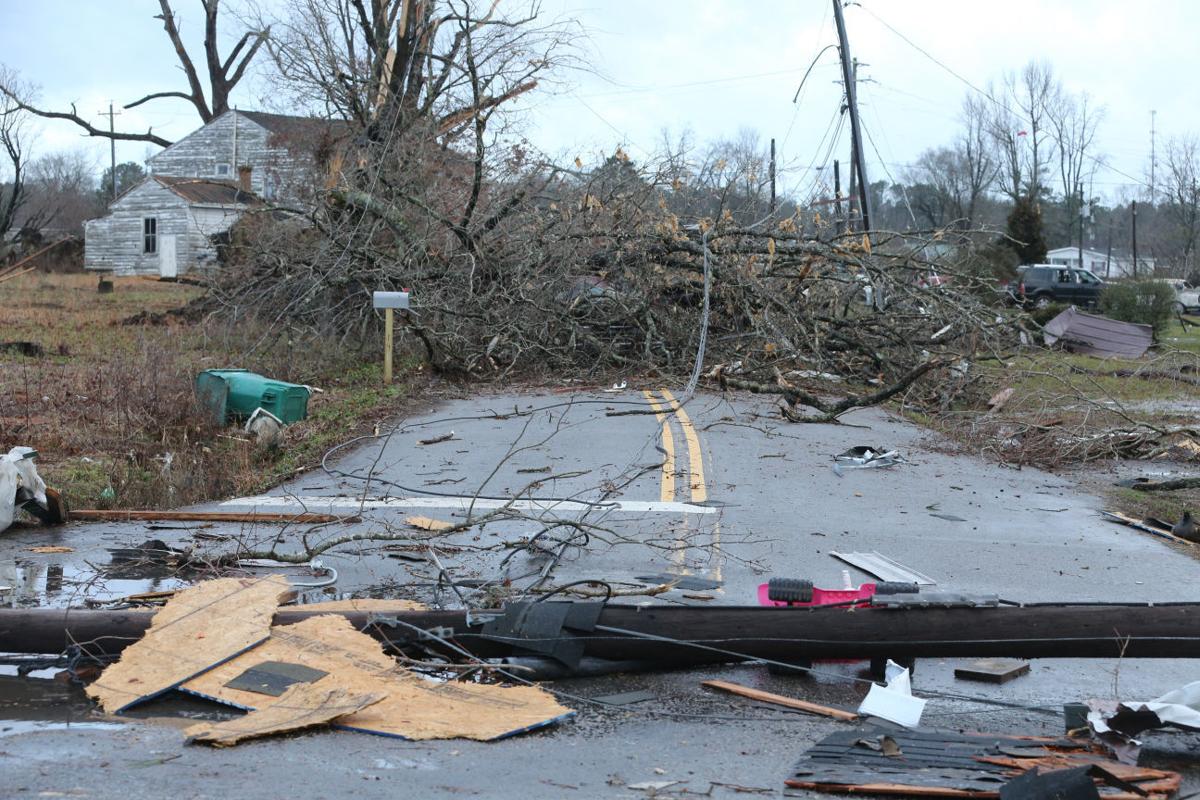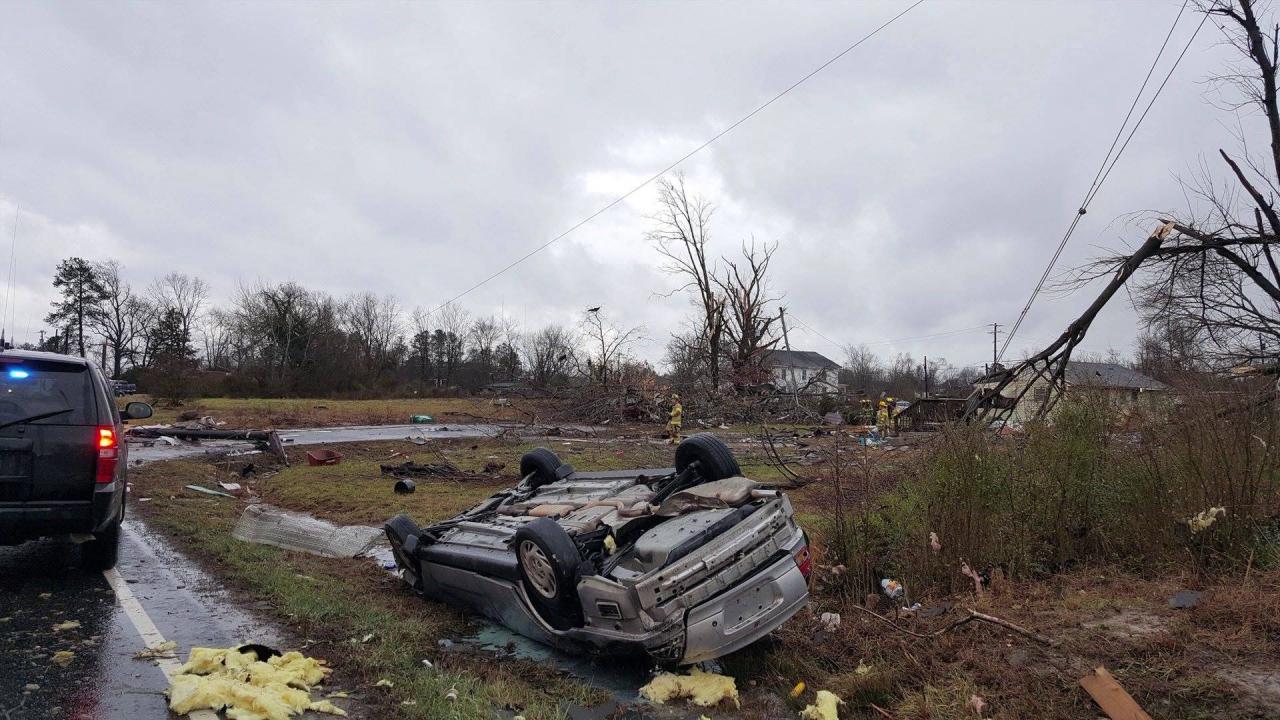
The Waverly tornado, a catastrophic event that struck the small town of Waverly, Mississippi, on April 27, 2014, left an indelible mark on the community and beyond. With winds exceeding 200 miles per hour, the tornado tore through the town, causing widespread destruction and leaving behind a trail of shattered lives.
The tornado’s impact was immediate and devastating. Dozens of homes and businesses were reduced to rubble, and countless lives were lost. In the aftermath of the storm, the community came together to rebuild and recover, demonstrating resilience and determination in the face of adversity.
Event Overview

On May 28, 2008, a devastating tornado tore through the town of Waverly, Iowa, leaving a trail of destruction in its wake. The tornado, rated EF4 on the Enhanced Fujita Scale, was part of a larger outbreak that spawned numerous tornadoes across the Midwest.
The tornado struck Waverly at approximately 7:20 PM CST, traveling a path of 10 miles (16 km) through the heart of the town. It reached a maximum width of one mile (1.6 km) and caused catastrophic damage to homes, businesses, and infrastructure.
Severity and Scale of Damage
The Waverly tornado was one of the most powerful and destructive tornadoes to hit Iowa in decades. It caused an estimated $250 million in damages and resulted in the deaths of nine people.
The tornado leveled numerous homes and businesses, leaving only piles of rubble in its wake. It also caused significant damage to the town’s infrastructure, including the water treatment plant, the sewage treatment plant, and the power grid.
Meteorological Factors
The Waverly tornado formed as part of a larger outbreak that was triggered by a combination of atmospheric factors.
The day of the tornado was characterized by high temperatures, high humidity, and strong winds. These conditions created an environment that was favorable for the development of thunderstorms.
Wind Shear, Instability, and Moisture, Waverly tornado
The Waverly tornado formed in an area of strong wind shear, which is a change in wind speed and direction with height. This wind shear caused the thunderstorms to rotate, which eventually led to the formation of a tornado.
The thunderstorms also had a high level of instability, which is a measure of how easily air can rise and cool. This instability provided the energy that fueled the tornado.
Finally, the thunderstorms had a high level of moisture, which provided the water vapor that condensed to form the clouds and precipitation associated with the tornado.
Community Impact

The Waverly tornado had a devastating impact on the community. The tornado killed nine people and injured dozens more.
The tornado also caused widespread property damage, destroying or damaging hundreds of homes and businesses. The town’s infrastructure was also severely damaged, leaving many residents without power, water, or sewage service.
Response and Recovery
The community of Waverly responded to the tornado with an outpouring of support and resilience. Volunteers from across the state came to help with the cleanup and recovery efforts.
The town also received financial assistance from the federal government and from private organizations. This assistance helped to rebuild the town and to provide support to the victims of the tornado.
Last Point: Waverly Tornado
The Waverly tornado serves as a sobering reminder of the destructive power of nature and the importance of preparedness. By understanding the factors that contribute to tornado formation and implementing effective mitigation strategies, we can reduce the risks and protect our communities from future disasters.
FAQ Resource
What was the strength of the Waverly tornado?
The Waverly tornado was rated EF4 on the Enhanced Fujita Scale, with winds estimated to have reached 200 miles per hour.
How many people were killed by the Waverly tornado?
Tragically, the Waverly tornado claimed the lives of 10 people.
What measures have been taken to prevent future tornadoes in Waverly?
In the wake of the tornado, the town of Waverly has implemented several measures to mitigate future tornado risks, including improved building codes, tornado sirens, and public education campaigns.




